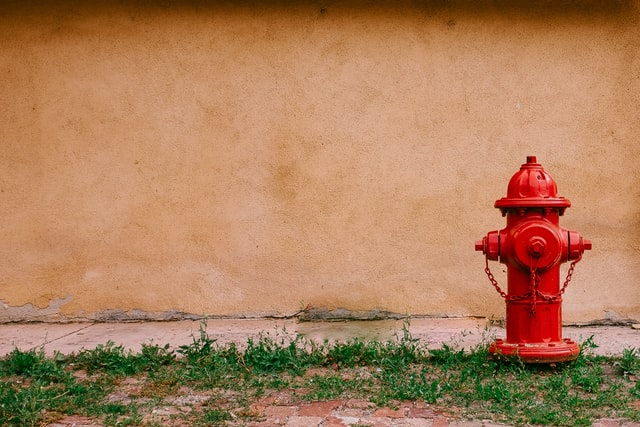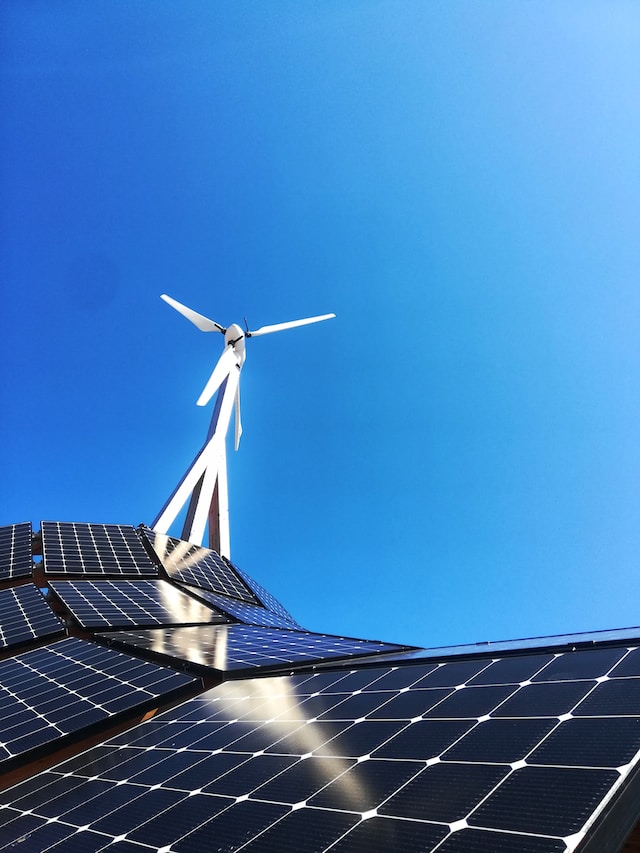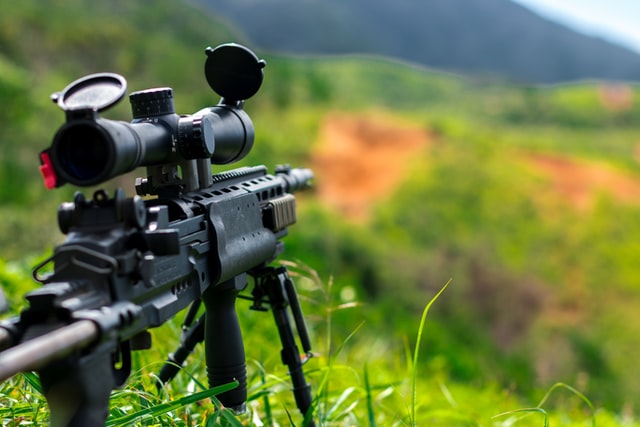The sight of billowing smoke and the smell of something burning sparks panic in anyone. When something’s on fire, you depend on the fire department to take care of the emergency right away. To do that, they need a steady supply of water. You may have seen them spraying high-pressure water onto a fire or noticed water pouring out when testing fire hydrants California, but do you know how these devices work? Read on to learn more about fire hydrants and why they are vital for protecting your neighborhood.
What Does a Hydrant Look Like?
Fire plugs, or hydrants, are made from heavy iron and have different connectors and valves on the top and side. They have a unique appearance with a domed top and a cylindrical body, and they are brightly colored, such as red or yellow, to make them easy to find in the dark. You may notice other colors on some valves; this signifies different pressure levels of the particular valve.
Why Are Fire Hydrants Needed?
When a fire is raging, water is needed immediately to put it out. Fire trucks have tanks that carry a large amount of water for them to use. However, this supply only lasts a short amount of time. Traditionally, when a truck or fire carriage ran out of water, that was all that they could do. With the invention of hydrants, firefighters have access to an unlimited amount of water to fight the fire until it is extinguished.
How Does a Fire Hydrant Work?
You can find fire hydrants throughout cities and neighborhoods around the world. This high concentration makes it easy for emergency personnel to reach any fire with their long hoses. When a truck arrives at a call, fighters use a pentagonal wrench to open the hydrant cover and attach their hose with its specially designed coupling. Once the hose is connected, the worker opens the valve, allowing water to flow freely. These valves can only open at full pressure or close to control the water supply. So, the other end of the hose is attached to the truck, and water flows into the onboard tank. This design allows access to the water supply by multiple hose lines, and electronic valves on the truck enable first responders to control the volume of the water flow. To ensure that this water supply is always available, fire personnel perform routine maintenance and flushing of the hydrants.




